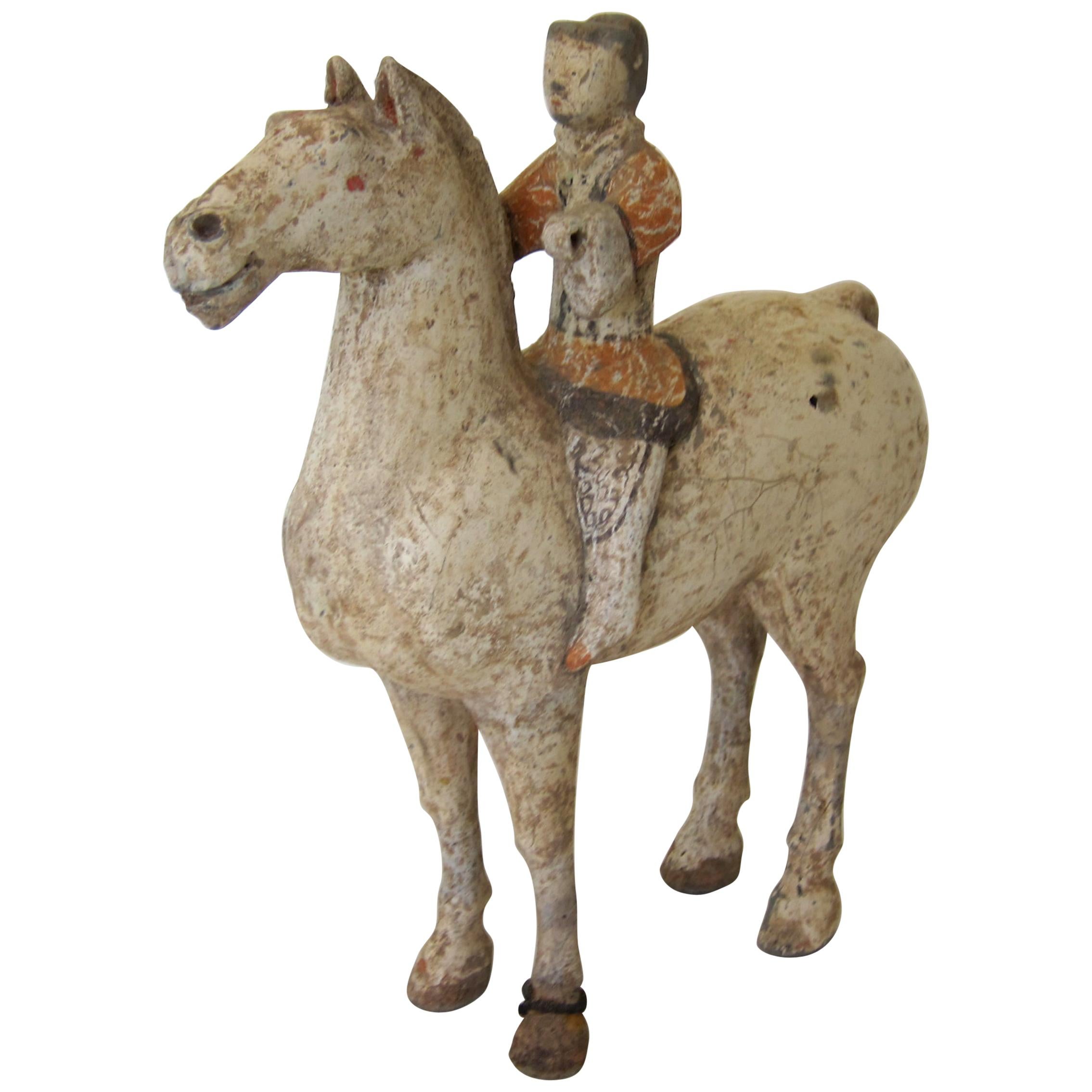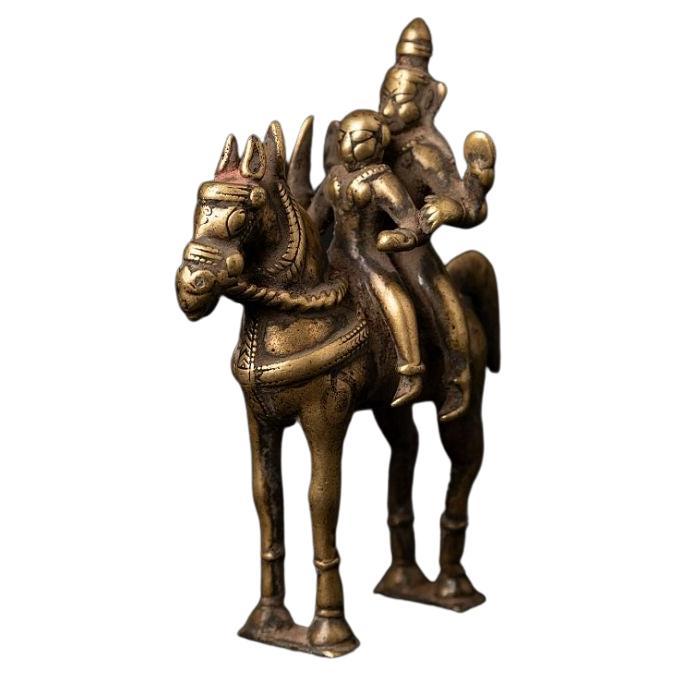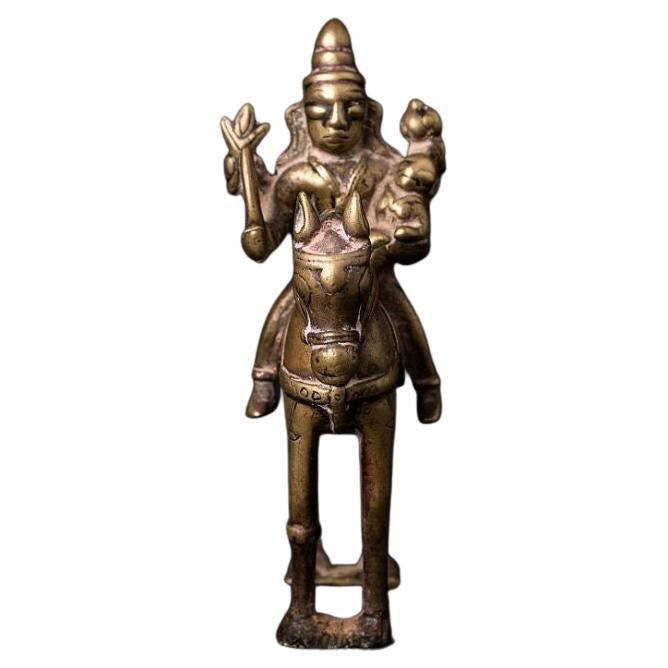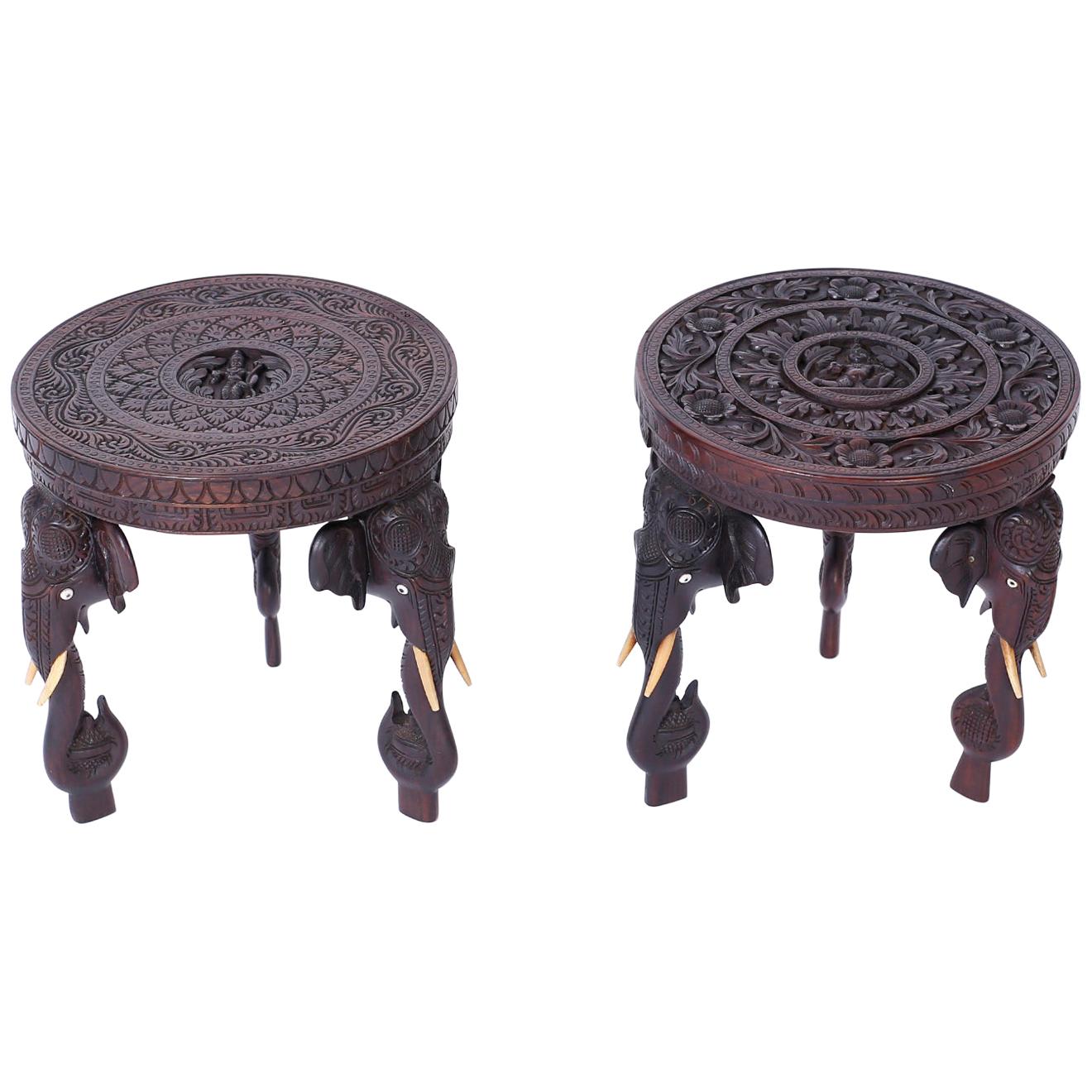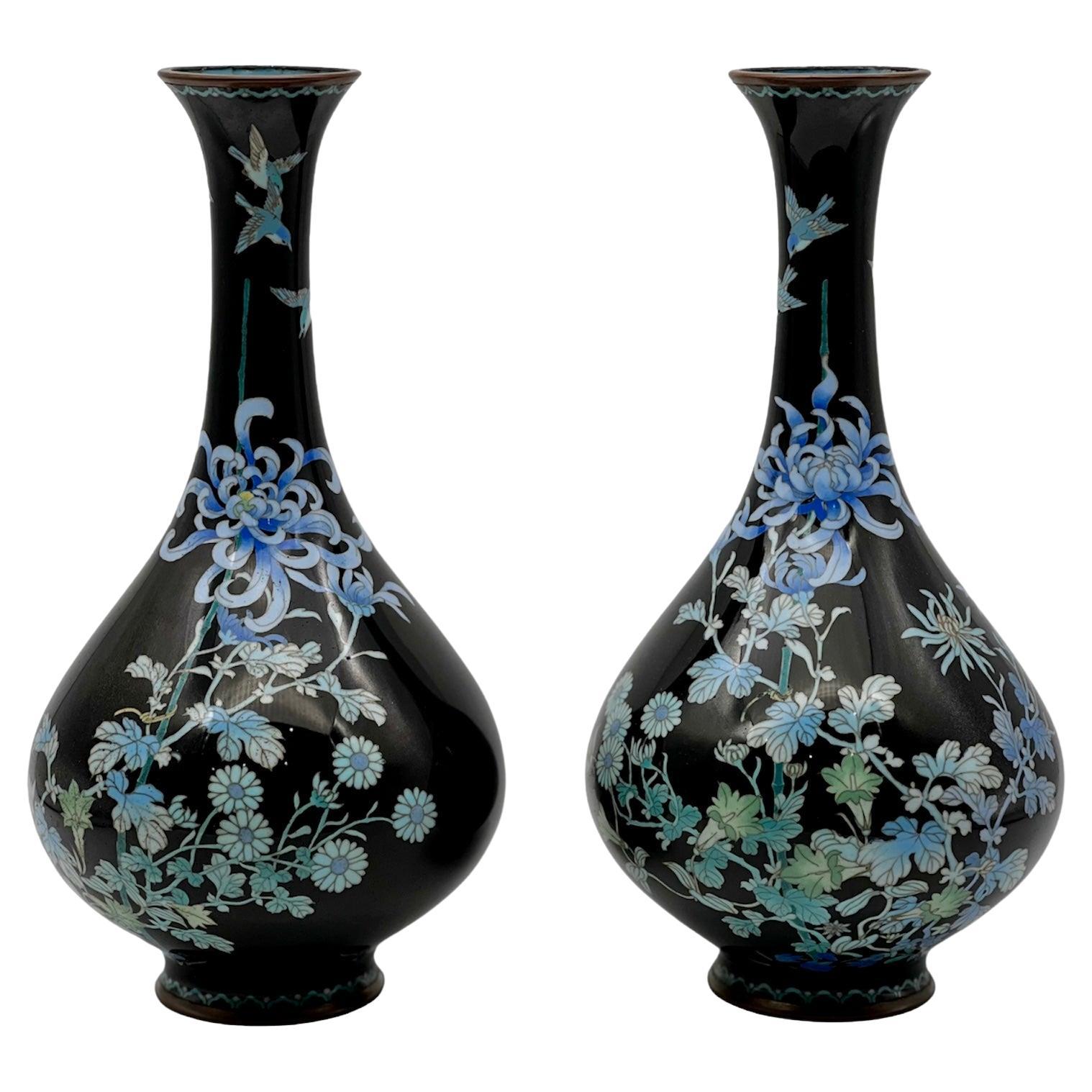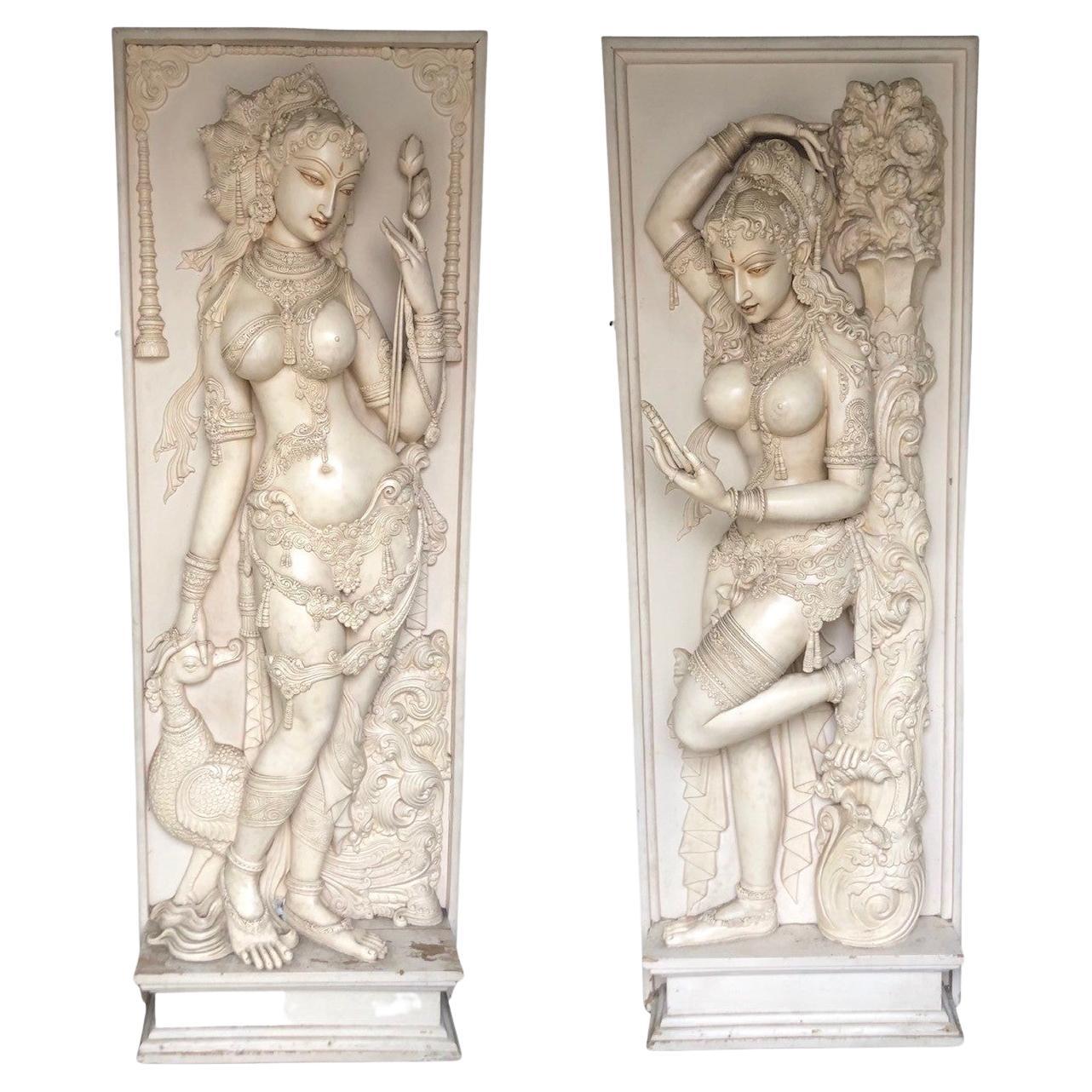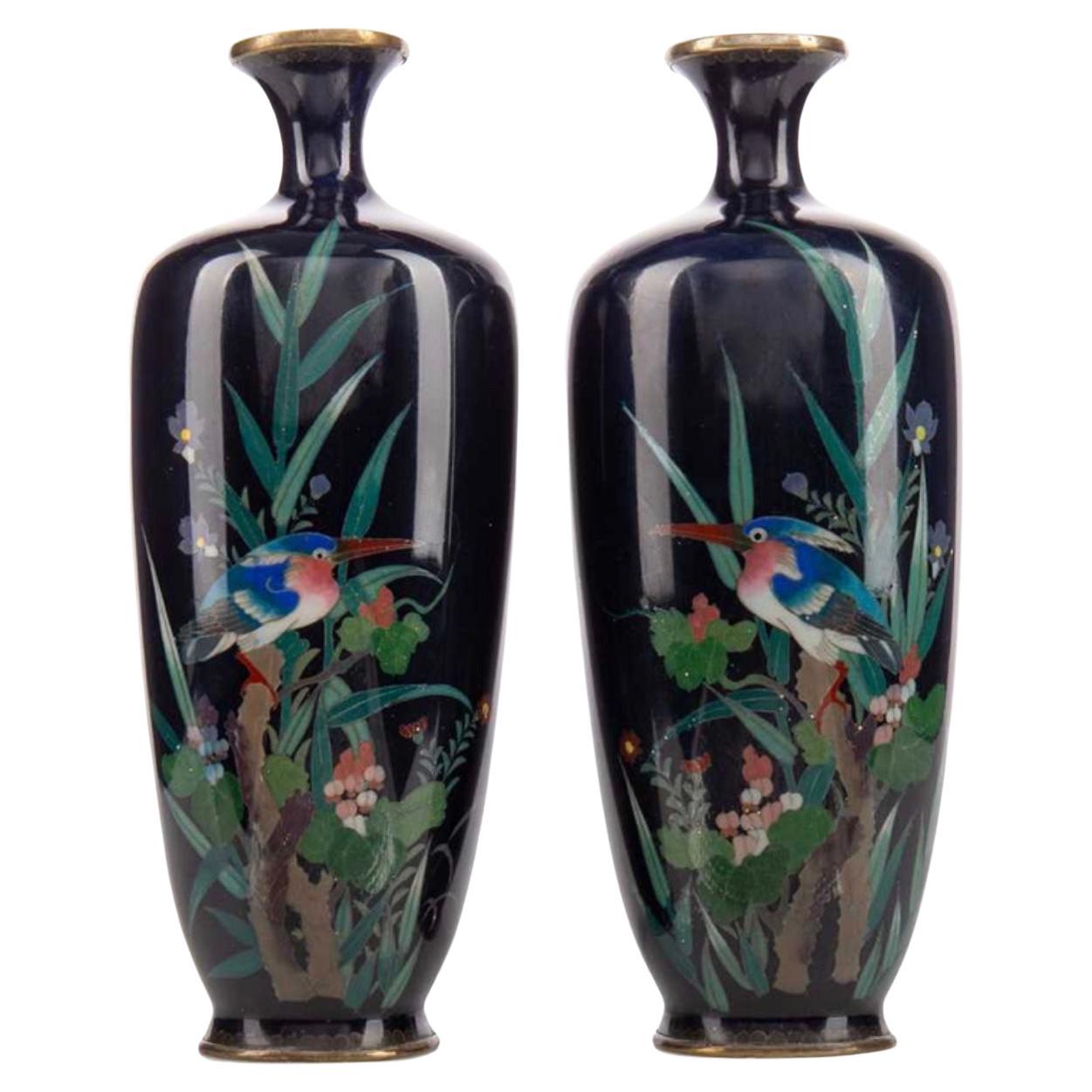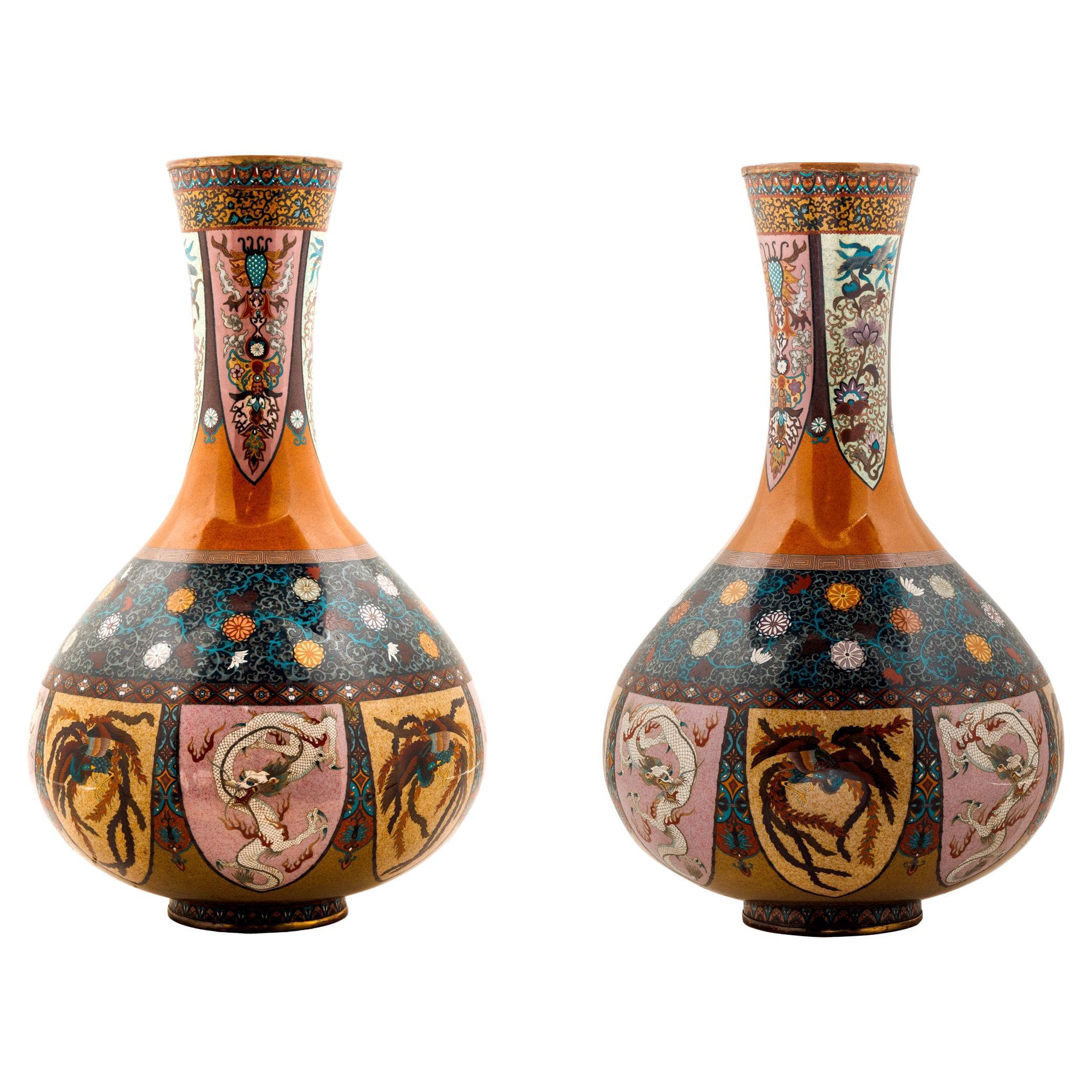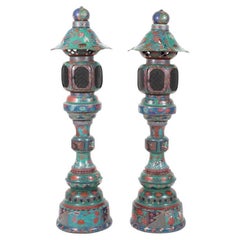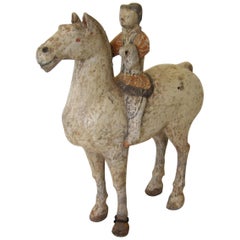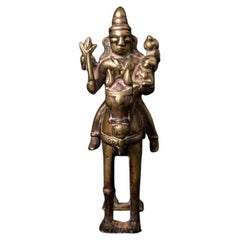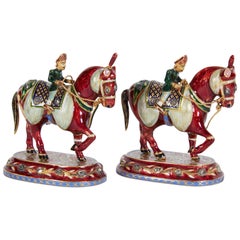
Pair of Jaipur Indian 22-Karat Gold Enamel & Diamonds Horse-Riders Chess Figures
View Similar Items
Want more images or videos?
Request additional images or videos from the seller
1 of 9
Pair of Jaipur Indian 22-Karat Gold Enamel & Diamonds Horse-Riders Chess Figures
About the Item
- Dimensions:Height: 2 in (5.08 cm)Width: 2 in (5.08 cm)Depth: 2 in (5.08 cm)
- Sold As:Set of 2
- Materials and Techniques:
- Place of Origin:
- Period:
- Date of Manufacture:circa 20th Century
- Condition:
- Seller Location:New York, NY
- Reference Number:1stDibs: f179821610315836413fs
About the Seller
5.0
Vetted Seller
These experienced sellers undergo a comprehensive evaluation by our team of in-house experts.
Established in 1980
1stDibs seller since 2016
58 sales on 1stDibs
More From This SellerView All
- Exquisite and Large Indian 22k Gold, Enamel, and Diamond Snuff Box, JaipurLocated in New York, NYAn Exquisite and Large Indian 22K Gold, Enamel, and Diamond Snuff Box, Jaipur A very fine quality 22k gold box set with 40 diamonds, painted with the fi...Category
20th Century Indian Anglo-Indian Snuff Boxes and Tobacco Boxes
MaterialsGold, Enamel
- Large Pair of Japanese Cloisonne Enamel Vases Attributed to Honda YasaburoLocated in New York, NYA large pair of Japanese Cloisonne Enamel vases attributed to Honda Yasaburo, 19th century. Finley decorated with the rich enamel colors of orange and green, these vases are desig...Category
Antique 19th Century Japanese Meiji Metalwork
MaterialsCopper, Enamel
- Large Pair of Japanese Cloisonne Enamel Lanterns Attributed to Kaji TsunekichiLocated in New York, NYA Large Pair of Japanese Cloisonne Enamel Lanterns Attributed to Kaji Tsunekichi, Edo Period, 19th century Japanese cloisonne lanterns were made during the Meiji period, from the late 19th to early 20th century, and were often used as decorative lighting fixtures in temples and shrines. Kaji Tsunekichi (1866-1916) was a Japanese cloisonné artist who was active in the late 19th and early 20th centuries. He was born in Tokyo and learned the art of cloisonné from his father, Kaji Sataro, who was also a cloisonné artist. He was renowned for his mastery of the shippo-yaki technique, which involves creating intricate designs with thin wires on a metal base before filling in the spaces with enamel. Tsunekichi was known for his exceptional technical skills and his ability to create intricate designs with vibrant colors. His works often featured nature motifs, such as flowers, birds, and fish, which were rendered in a highly detailed and naturalistic style. He also experimented with new techniques, such as plique-à-jour, a type of cloisonné that creates a stained-glass effect. Tsunekichi's works were highly prized during his lifetime and continue to be sought after by collectors today. He won numerous awards for his cloisonné creations, including a Gold Medal at the 1900 Exposition Universelle in Paris. His works are characterized by their fine wirework, precise enamel application, and attention to detail. Some of Tsunekichi's most famous works include a pair of large cloisonné vases...Category
Antique 19th Century Japanese Edo Metalwork
MaterialsCopper, Enamel
- Large Pair of Meiji Period Japanese Cloisonne Enamel Double Dragon VasesLocated in New York, NYA large pair of Meiji Period Japanese Cloisonne Enamel Double Dragon Vases, 19th century. Japanese cloisonne enamel dragon vases are highly ...Category
Antique 19th Century Japanese Meiji Metalwork
MaterialsCopper, Enamel
- Large Pair of Meiji Period Japanese Cloisonne Enamel Vases Attributed to GotoLocated in New York, NYA large pair of Meiji Period Japanese cloisonne enamel vases attributed to Goto Seizaburo, 19th century. These vases were made during the Meiji period (1868-1912) in Japan and are...Category
Antique 19th Century Japanese Meiji Metalwork
MaterialsCopper, Enamel
- Rare and Magnificent Thai Silver, Gold & Jeweled Palace Mirror for Indian PalaceLocated in New York, NYA rare and magnificent silver, gold & jeweled palace mirror, certainly made for an Indian Maharaja, circa 1900. A special commission for an Indian palace from the late Victorian era, likely produced in Thailand. This palace size hand-hammered Indian mirror is made from pure silver. A truly exceptional work of art with floral design topped with miniatures structures...Category
Antique Early 1900s Indian Wall Mirrors
MaterialsLapis Lazuli, Malachite, Multi-gemstone, Gold, Silver
You May Also Like
- Han Dynasty Horse and Rider TL TestedLocated in Atlanta, GATombs of the Han dynasty (206 BC-220 AD) were typically furnished with model figures and other objects believed to be necessary for a safe journey to the afterlife. Historical records indicate that when important military officials died, the imperial Han court would give them elaborate funerals, including a full military cortege. It is likely that this figure of a horse and rider was originally part of a model funerary retinue comprised of soldiers and cavalrymen that would have been placed in such a tomb. Beautifully proportioned Han dynasty polychrome painted terracotta horse and rider. The warrior is decorated with a painted orange and black tunic. A quiver is visible attached to his back. He would have originally held a wooden bow in between his hands that has rotted away over the centuries. He is riding a beautifully sculpted white horse. TL tested...Category
Antique 15th Century and Earlier Chinese Antiquities
MaterialsEarthenware, Pottery
- Antique Bronze Horse with Rider from India from IndiaLocated in DEVENTER, NLMaterial: bronze 15,4 cm high 5,6 cm wide and 12 cm deep Weight: 0.619 kgs Originating from India Late 18th / early 19th centuryCategory
Antique Late 18th Century Indian Sculptures and Carvings
MaterialsBronze
- Antique bronze horse with rider from India from IndiaLocated in DEVENTER, NLMaterial: bronze 16,4 cm high 6,5 cm wide and 10,8 cm deep Weight: 0.784 kgs Originating from India Late 18th / early 19th centuryCategory
Antique Late 18th Century Indian Sculptures and Carvings
MaterialsBronze
- Antique Bronze Horse with Rider from India from IndiaLocated in DEVENTER, NLMaterial: bronze 13,6 cm high 5,2 cm wide and 8,3 cm deep Weight: 0.337 kgs Originating from India 18th Century.Category
Antique 18th Century Indian Sculptures and Carvings
MaterialsBronze
- Pair of Blanc-de-Chine Dehua Figures of GuanyinLocated in Ottawa, OntarioA Pair Of Blanc - De - Chine Dehua Figures Of Guanyin Early 20th century Each figure is modelled standing in flowing robes upon a lotus leaf decorated stand, holding a fl...Category
Early 20th Century Chinese Chinese Export Figurative Sculptures
MaterialsPorcelain
- 1940s Pair of Bronze Polychrome Enameled VasesLocated in Marbella, ES1940s pair of bronze polychrome enameled vases in Arabic style, using ornamental geometric and floral patterns.Category
Mid-20th Century Asian Jars
MaterialsBronze
$15,943 / set
